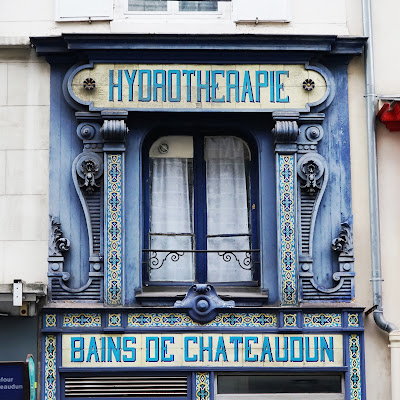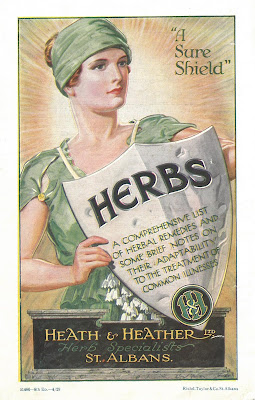Crossness Pumping Station is one of those amazing places that are always worth revisiting. It looks pretty snazzy outside, but inside will consistently take your breath away. And it was designed to do so – even if its purpose was pumping sewage.
Victorian London had a sewage problem. As the city and its population grew and grew, removing ‘night soil’ became more and more of a challenge. ‘Solutions’ included dumping it in the Thames - then still a major source of the city’s drinking water. The consequences were increasingly unpleasant, including several cholera epidemics and culminating in the Great Stink of 1858 when hot weather made the smell of the river/sewer unbearable. The Houses of Parliament, with their riverside location, were badly affected by the stench. After years of delaying and arguing about money, parliamentarians and local authorities were finally prompted into action.
Civil engineer Joseph Bazalgette created a sewage system which drew water from across the city into large outfall sewers – one each north and south of the river – and down the Thames. The outfall sewers sloped gently downwards so that gravity kept their contents flowing, but every so often they needed a boost. South of the river, Deptford Pumping Station raised the liquid enough that it could descend once more to Crossness which – like its northern counterpart at Abbey Mills – pumped the sewage into reservoirs before their release into the ebbing tide of the Thames, which would then carry the waste safely beyond the city.





















.jpg)




.jpg)






















.jpg)












